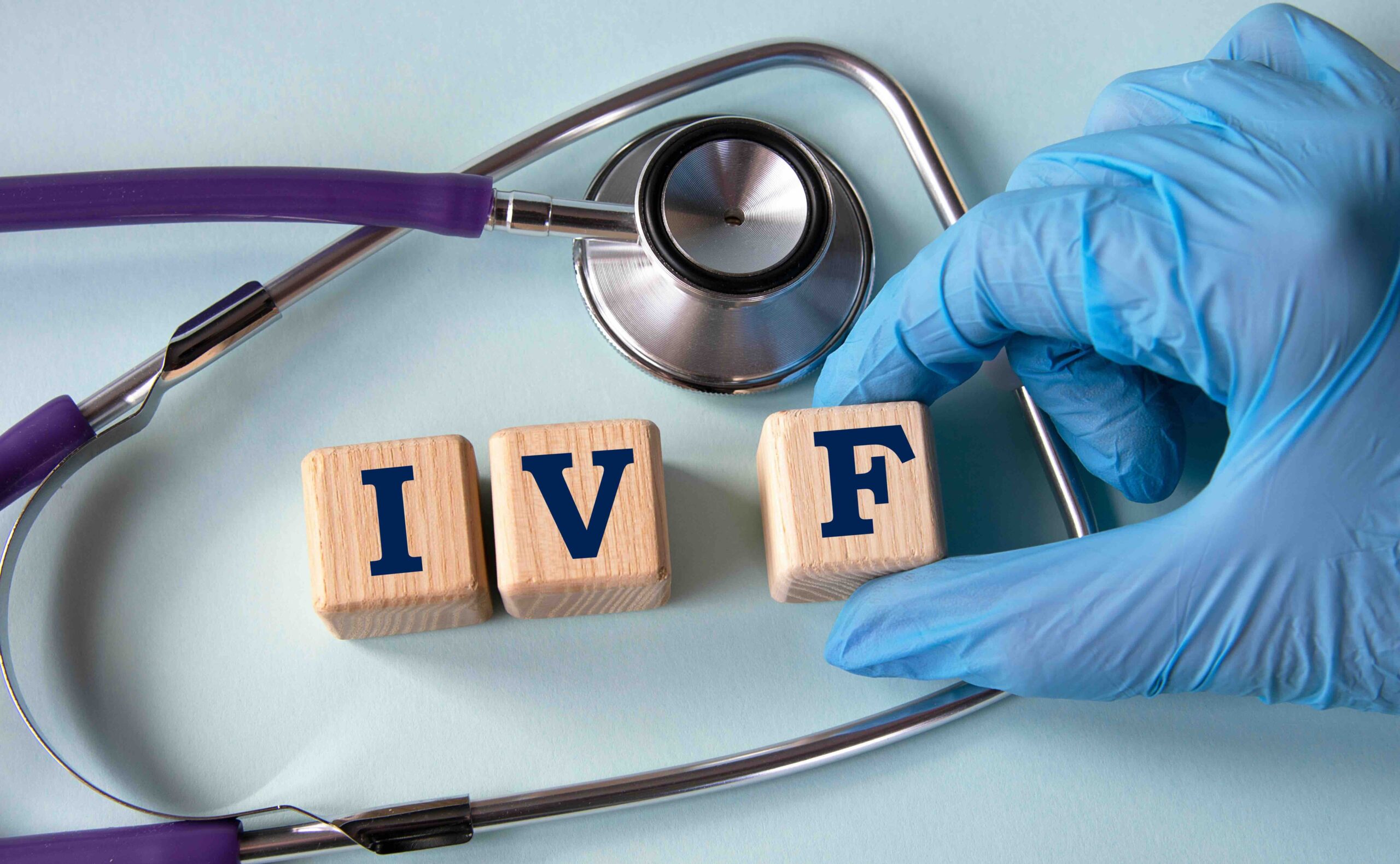Why are we forced to make so many important decisions on scientific practice well after the horse has bolted? In the case of embryonic stem cell research, the horse bolted when we gave birth to the IVF industry and began to produce excess embryos.
When permission was given for scientists and doctors to produce embryos in test tubes, the primary intention was to help women to have babies. It was not our intention to create excess embryos. But we have. And now we must decide what to do with them.
The fact that IVF technology has led us to this latest conundrum suggests that the IVF legislation was merely the thin edge of the wedge. There is concern that the current legislation before parliament is also the thin edge of the wedge. Once permission is given to undertake research on embryos, there is concern that women and scientists may begin to produce embryos purely for research, perhaps even for profit. Excess embryos today, reproduction for research tomorrow.
If we limit the current debate to only these excess embryos, we miss the opportunity for a broader debate about the status of embryos.
As a community, we must decide whether we are economically, socially and morally justified in using embryos to help us find cures for people who experience chronic illnesses. This broader debate needs to be had.
